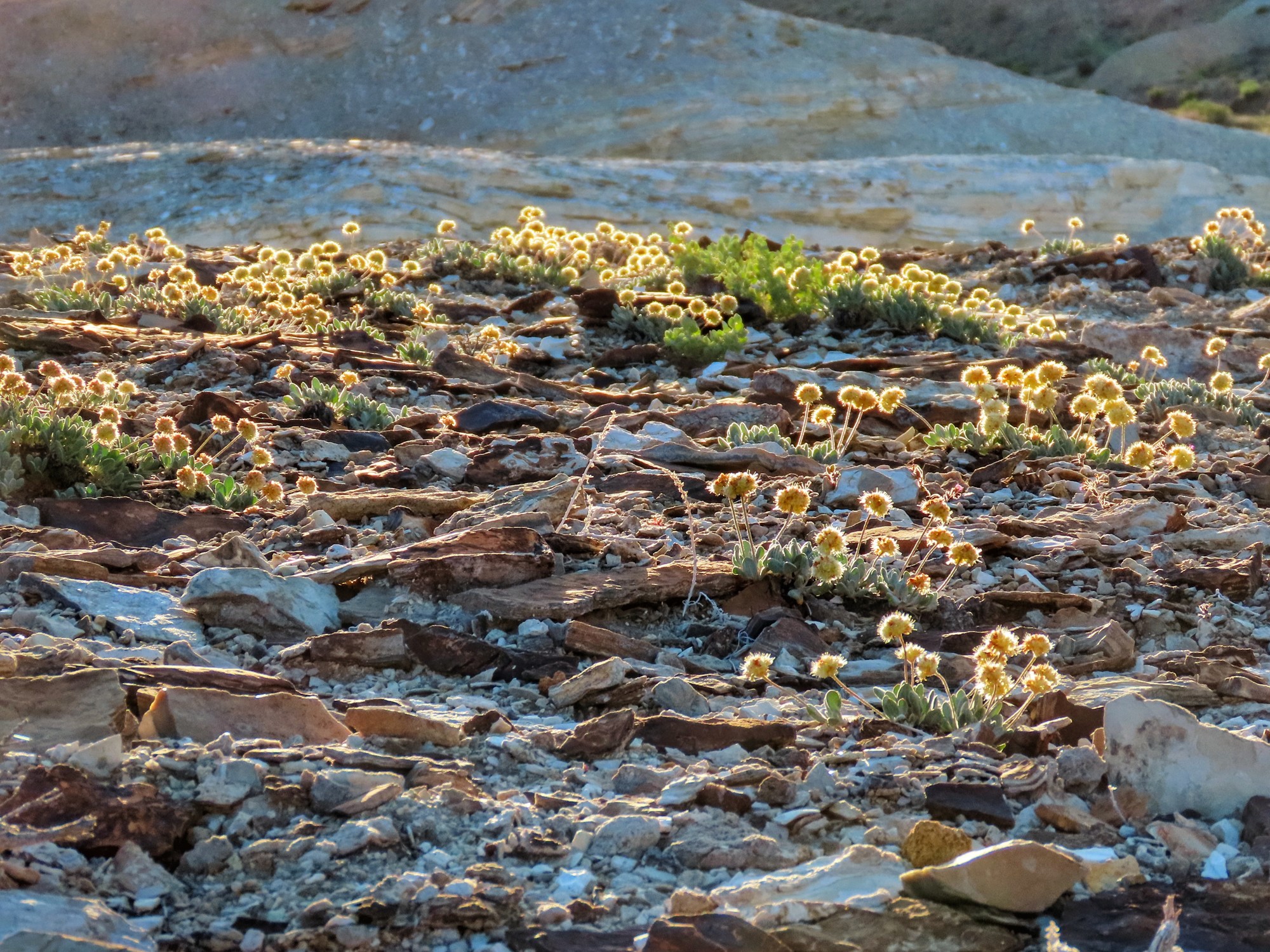U.S. agency review says Nevada lithium mine can co-exist with endangered flower

By Scott Sonner, Associated Press
RENO, Nev. (AP) — U.S. land managers said Thursday they've completed a final environmental review of a proposed Nevada lithium mine that would supply minerals critical to electric vehicles and a clean energy future while still protecting an endangered wildflower.
"This environmental analysis is the product of the hard work of experts from multiple agencies to ensure that we protect species as we provide critical minerals to the nation," Bureau of Land Management Director Tracy Stone-Manning said in a statement Thursday.
The agency's final environmental impact statement is subject to a 30-day comment period. It's likely to face legal challenges from environmentalists who say it clearly violates the Endangered Species Act and will cause the desert flower Tiehm's buckwheat to go extinct at the only place it exists in the world near the California line halfway between Reno and Las Vegas.
The Australian mining company pushing the project said completion of the review is a "significant milestone" in a six-year-long effort to build the Rhyolite Ridge mine. It anticipates production to begin as early as 2028 of the element key to manufacturing batteries for electric vehicles.
"Today's issuance not only advances the Rhyolite Ridge project but brings the United States closer to a more secure and sustainable source of domestic critical minerals," said Bernard Rowe, managing director of Ioneer Ltd.
Opponents of the project say it's the latest example of President Joe Biden's administration running roughshod over U.S. protections for native wildlife, rare species and sacred tribal lands in the name of slowing climate change by reducing reliance on fossil fuels and cutting greenhouse gas emissions.
The Fish and Wildlife Service added the 6-inch-tall (15-centimeter-tall) wildflower with yellow and cream-colored blooms to the list of U.S. endangered species on Dec. 14, 2022, citing mining as the biggest threat to its survival.
The bureau said Thursday the mine could potentially produce enough lithium to supply nearly 370,000 electric vehicles a year. By 2030, worldwide demand for lithium is projected to have grown six times compared to 2020.
"The Rhyolite Ridge project represents what we can do when we work together — with industry, states, tribes and stakeholders — to ensure the swift consideration and adaptation of projects to fulfill our energy needs while respecting cultural and ecologically sensitive areas," said Laura Daniel-Davis, acting deputy secretary of the bureau's parent Interior Department.
The bureau said in announcing its completion of the review that details of the final EIS would be published Friday in the Federal Register.
The Center for Biological Diversity has been fighting the mine since its inception and has vowed to do whatever it takes to block it.
Patrick Donnelly, the center's Great Basin director, said Thursday that despite the administration's assurances the flower would be protected, the mining plan has changed little from an earlier draft and would still destroy much of the plant's critical habitat.
"It's an outrage that the BLM and Fish and Wildlife Service capitulated to the demands of a mining company whose plans clearly run afoul of the Endangered Species Act," he said.
"These agencies are entrusted with preserving our biodiversity for future generations, and instead they're turning this flower's only known habitat into an industrial site, condemning it to extinction," he said.
The bureau insisted Ioneer had adjusted its latest blueprint to minimize destruction of habitat for the plant, which grows in eight sub-populations that combined cover approximately 10 acres (4 hectares) — an area equal to the size of about eight football fields.
"We are eager to get to work in contributing to the domestic supply of critical materials essential for the transition to a clean energy future," Ioneer Executive Chairman James Calaway said Thursday.
In addition to scaling back encroachment on the plant, Ioneer's strategy includes a controversial propagation plan to grow and transplant flowers nearby — something conservationists say won't work.
Nevada is home to the only existing lithium mine in the U.S. and another is currently under construction near the Oregon line 220 miles (354 kilometers) north of Reno. That Lithium Americas mine at Thacker Pass survived numerous legal challenges from environmentalists and Native American tribes who said it would destroy lands they considered sacred where their ancestors were massacred by U.S. troops in 1865.
